|
Recently I have visited a couple of houses which illustrate dramatically the decline and ruination of many English Country Houses. Here is the first of several posts on these spots. For many years, I have wanted to visit this site, a preserved ruin of a lovely country house fallen into the fate of so many of its fellows among stately homes. Kristine Hughes Patrone and I had come to the Isle of Wight primarily to visit Osborne House, a residence of Queen Victoria and her family. But we decided we must see this famous ruin, so we set off on a bus ride around the Isle, driving through picturesque towns, villages, and the countryside. When the driver told us we had reached the proper stop after an hour or so, we got off and followed the signpost toward English Heritage's site. Off we trudged up the road, past a farm or two, empty fields and lots of friendly cows. Remember to click on the photos above for full size versions. It was a long hike, in my opinion, but worth it. Eventually, after several hills and amidst lovely bluebells in the woods, we saw it. There wasn't a soul around. A small carpark was empty and a closed building that apparently held an office stood at the edge of the premises, but no evidence of human company showed. The silence seemed suitable, correct for the shattered elegance of the noble structure, stripped of almost all its accouterments. It was not spooky, but merely sad, with the world having passed it by. Once, it seemed to say, I was magnificent. Originally a priory, the property was the home of the Leigh family in the Elizabethan era. In 1702, Sir Robert Worsley began a new building on the site which was extended in the 1770's by his heir, Sir Richard Worsley. You can see from the photo above that it has been stripped of all furnishings except for one room. Here a room was enclosed and roofed; these portraits and a text panel told the sad story of the house and its ill-fated occupants. On the left is Sir Richard Worsley, (1751-1805). 7th Baronet of Appuldurcombe, copy of a portrait by Sir Joshua Reynolds, 1775. On the right is Seymour Dorothy Fleming, his wife Lady Worsley (1758-1818), a reproduction of the painting by Reynolds, now hanging in Harwood House, Yorkshire. They married in 1775. The very unhappy marriage led to a Crim. Con. case in court, and wild stories resulting in such caricatures as this 1782 Gillray cartoon titled "Sir Richard Worse-than-sly, exposing his wife's bottom, o fye!" Eventually they separated permanently and took up with others. The beautiful house remained until after World War II during which it was used by the military. A German explosive destroyed the roof and it was never repaired. After the hostilities ended the interiors were removed, leaving only a shell. And so it remains. Supposedly it is haunted but on the beautiful May day we visited, all we met were blossoms. If you are in the market for a fixer-upper, English Heritage might be willing to deal!
0 Comments
Leave a Reply. |
Victoria Hinshaw, Author
Archives
July 2024
Categories |

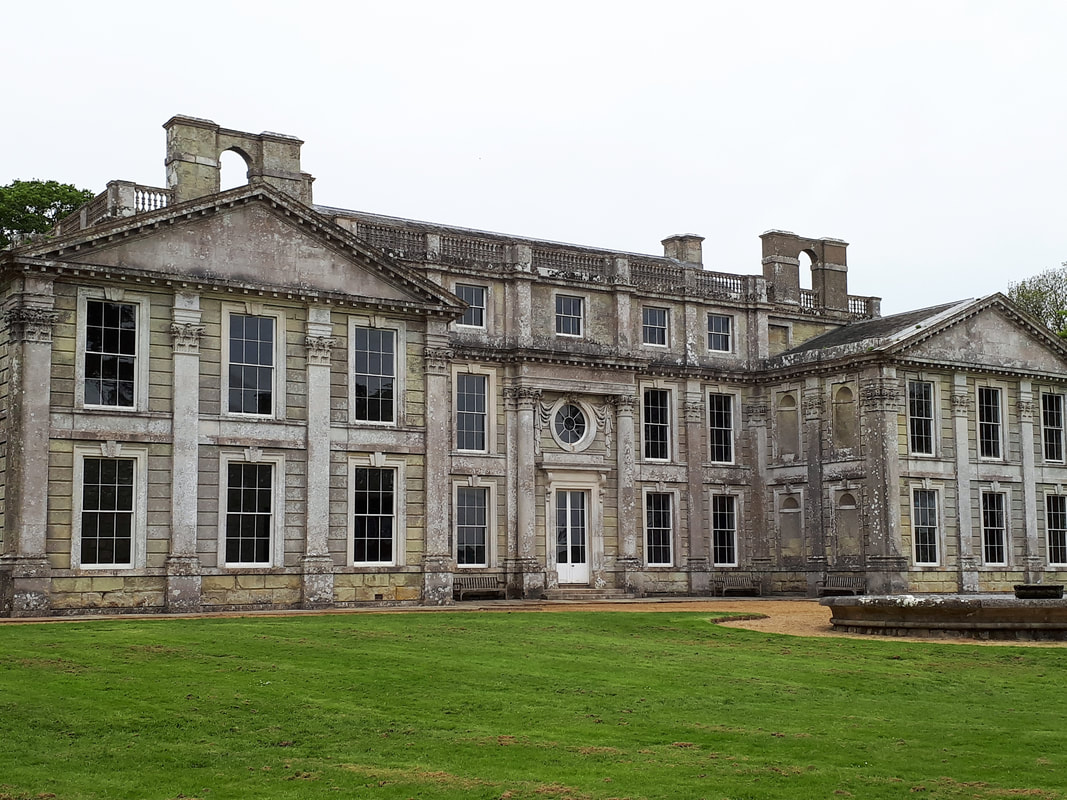

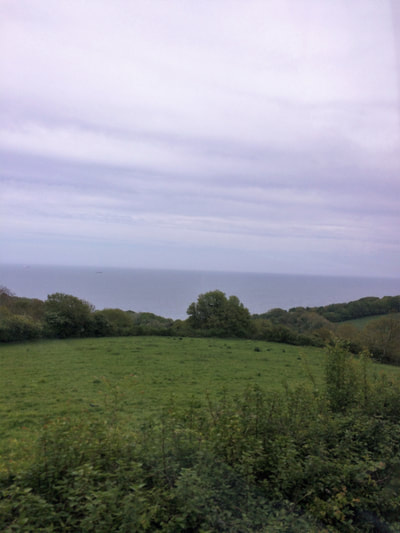
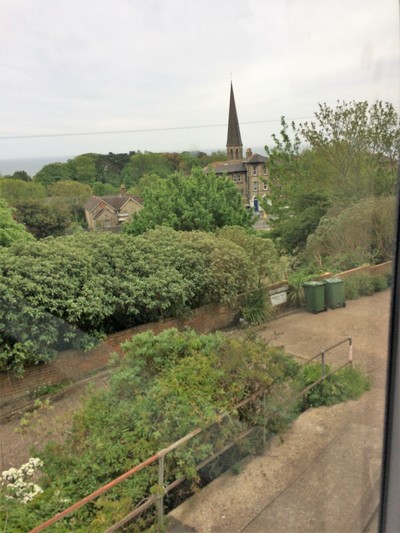
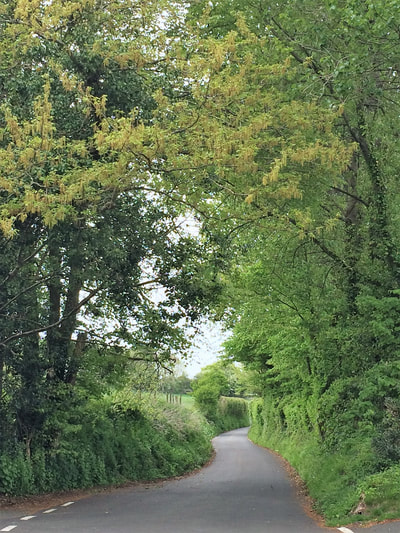
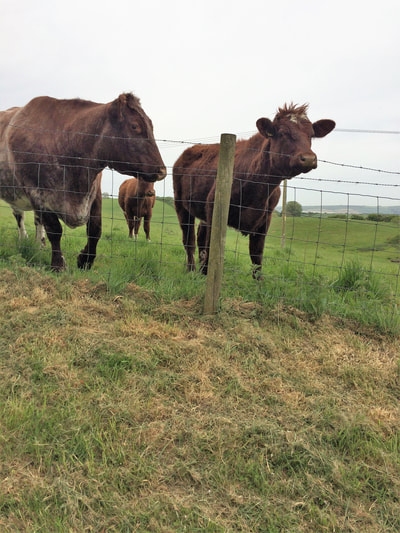
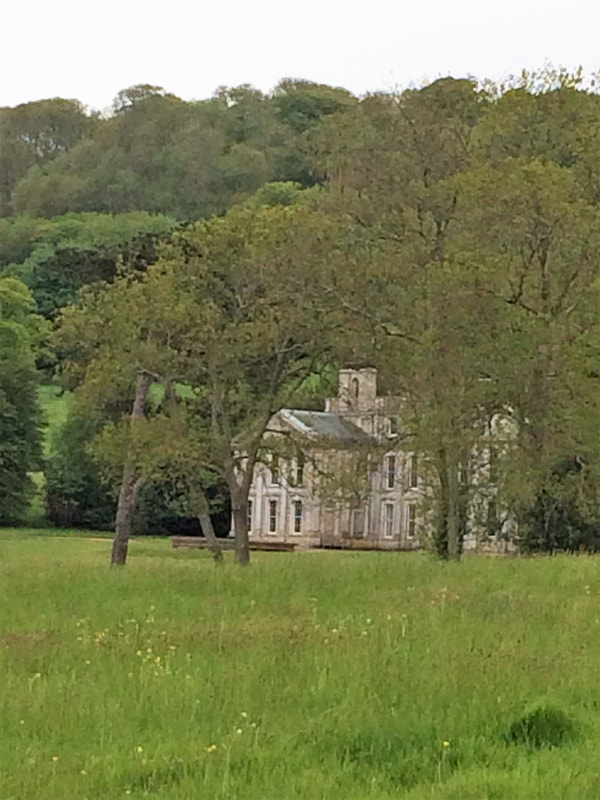
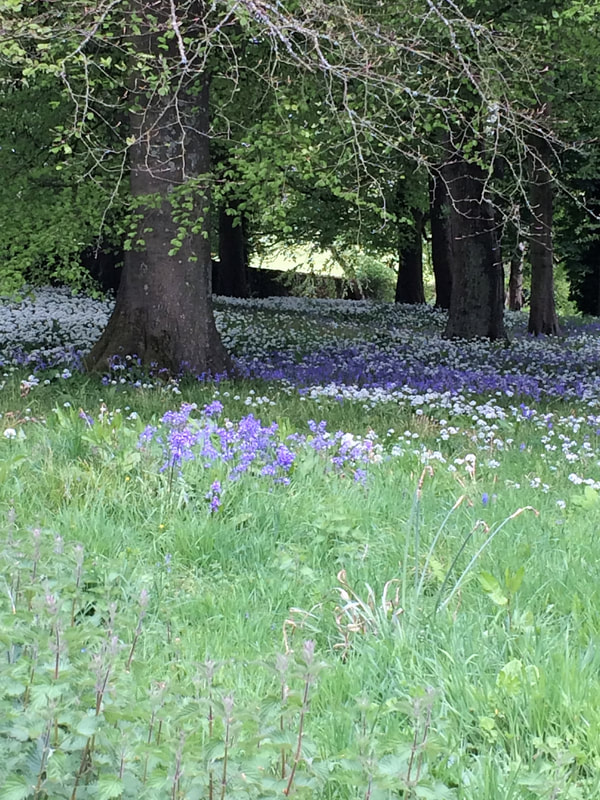
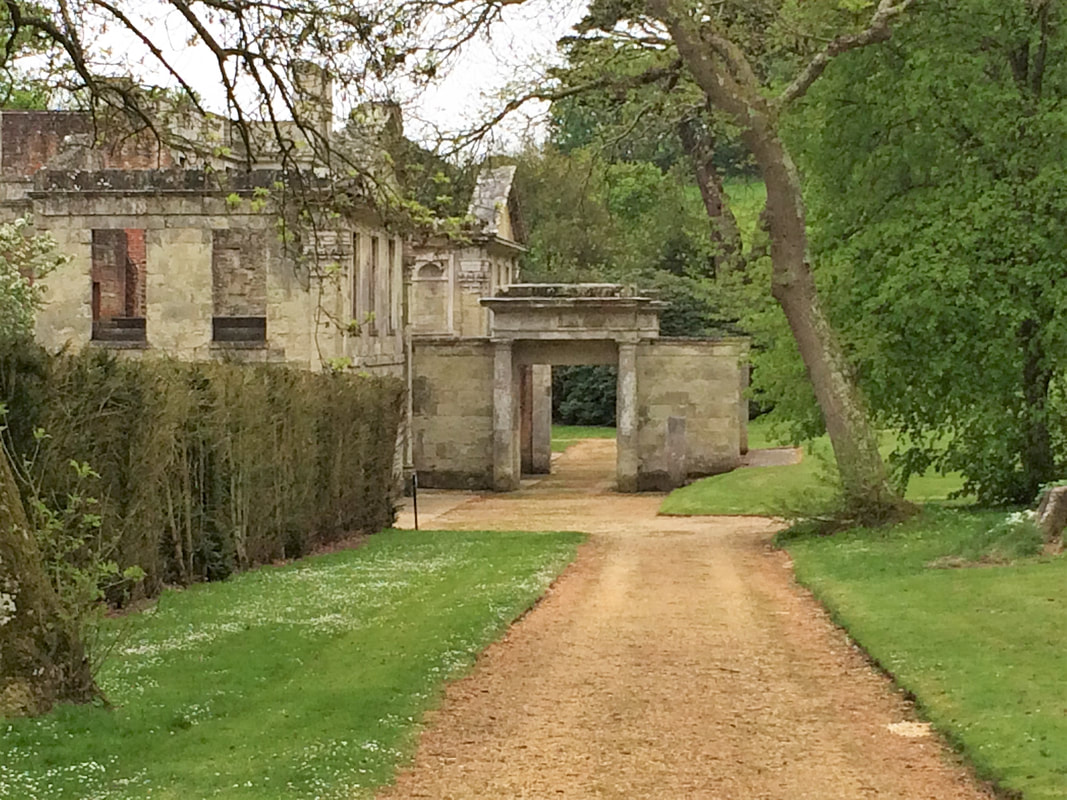
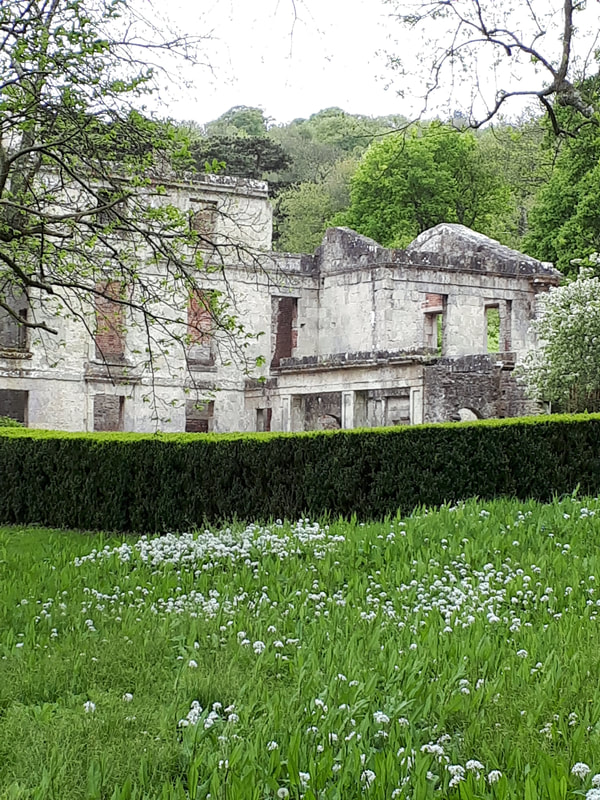
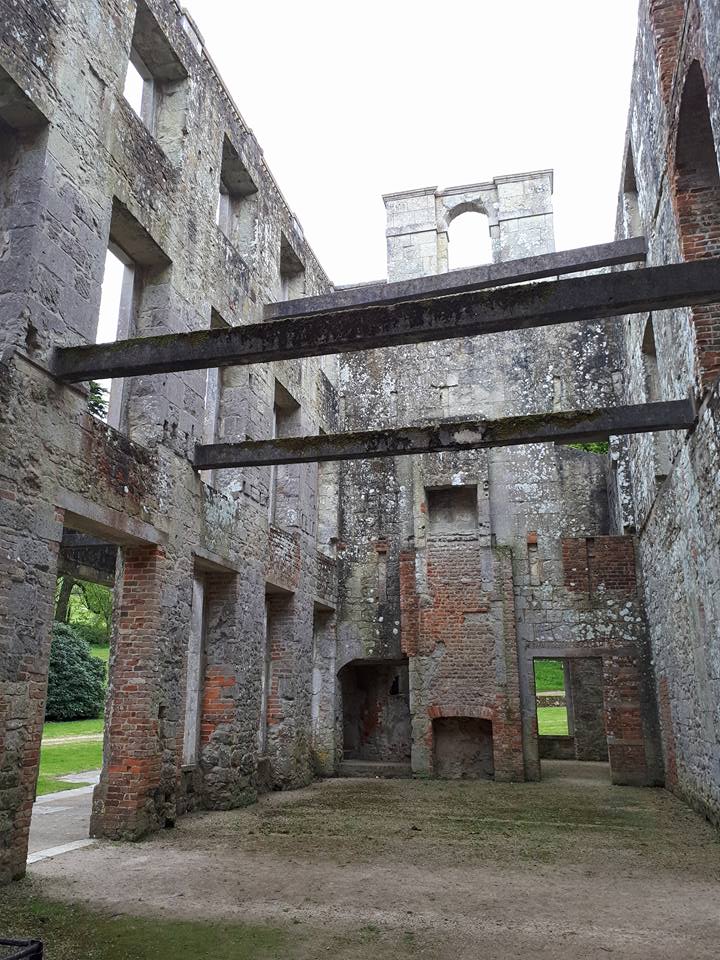



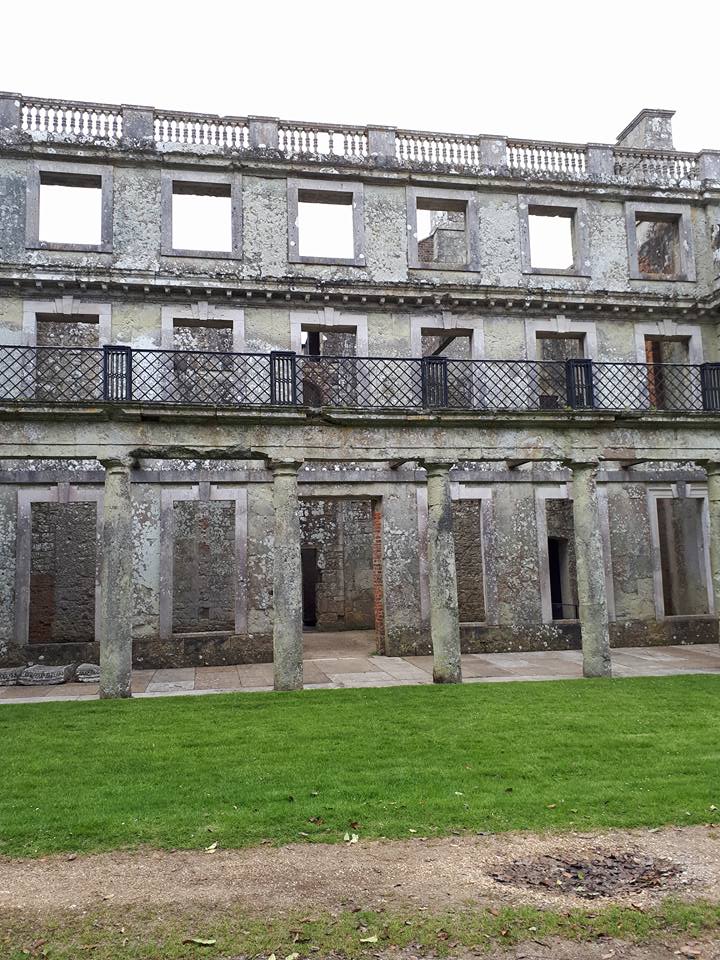
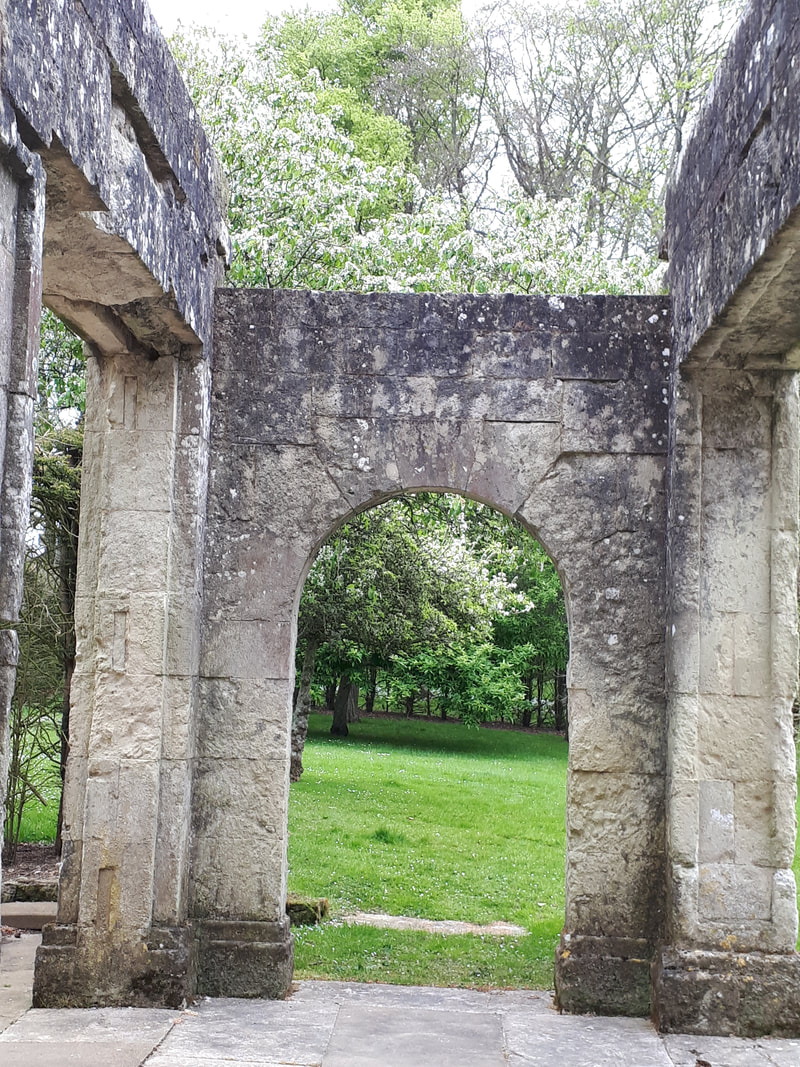
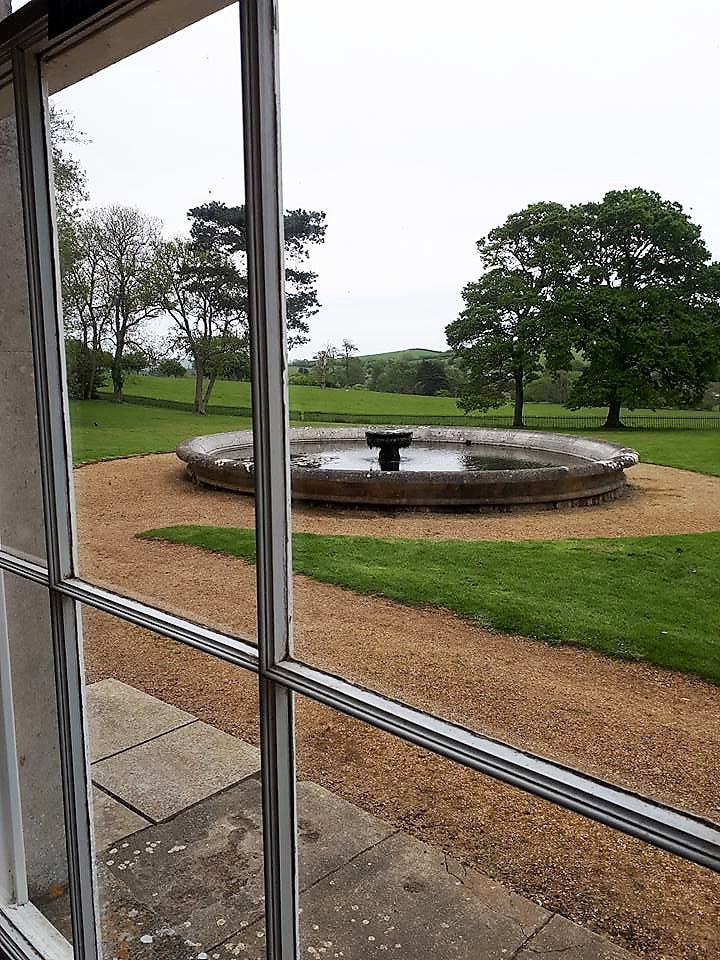

 RSS Feed
RSS Feed